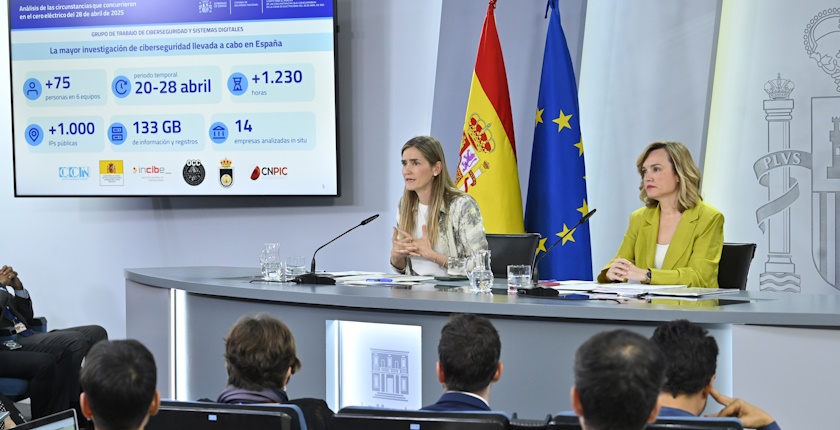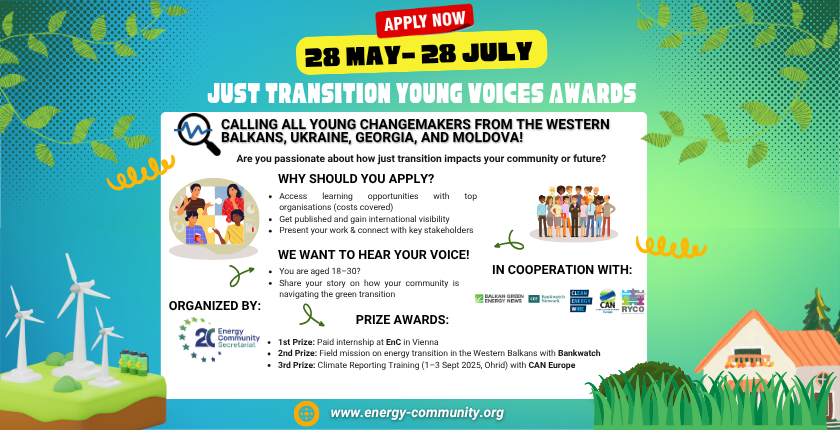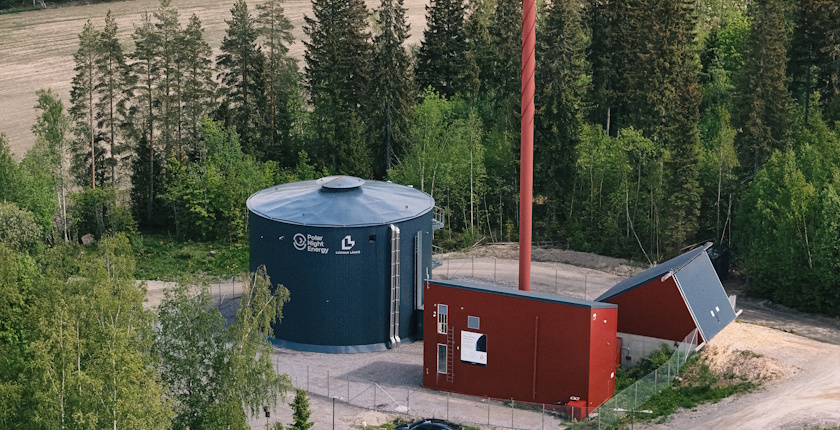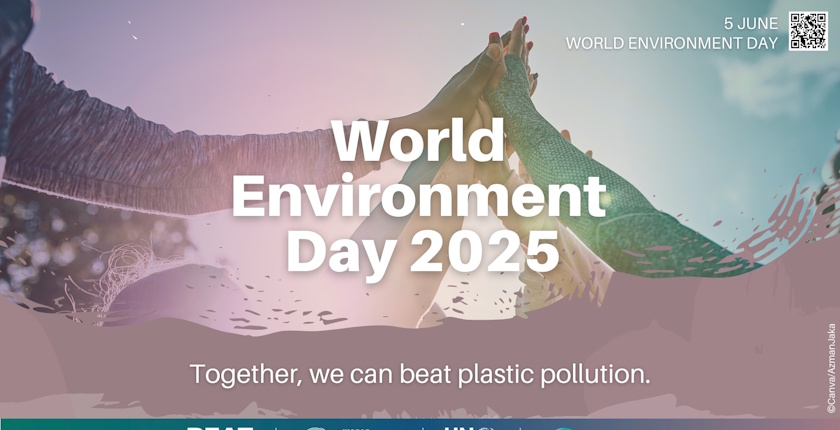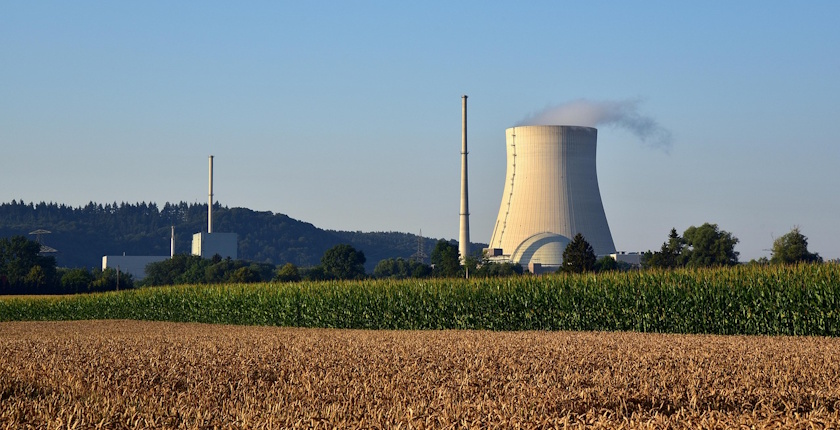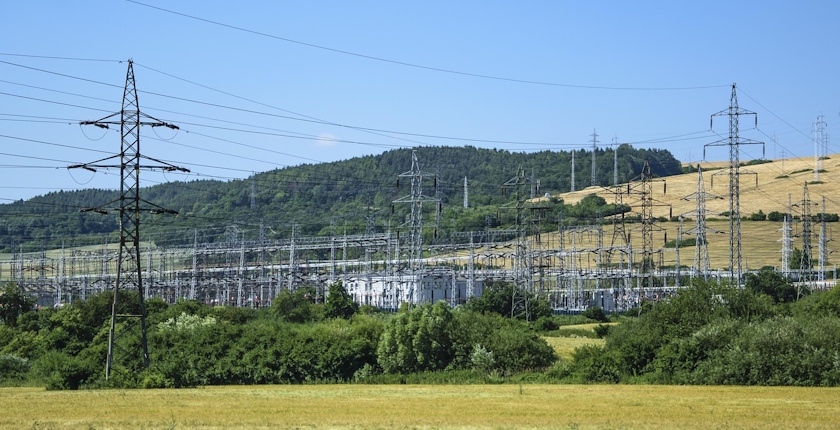
Slovenia’s EUR 150 million smart grid leap
The five electricity distribution firms in Slovenia will invest more than EUR 150 million by the end of March 2026 in upgrading the network and the addition of smart grid components.
Elektro Primorska, Elektro Ljubljana, Elektro Gorenjska, Elektro Celje, and Elektro Maribor will build 1,300 kilometers of low-voltage grid and 838 transformer stations with smart grid elements, Naš Stik reported.
Of note, the five firms are essentially performing the duties of the country’s nominal distribution system operator, ELES.
Out of the total investment, EUR 71 million was allocated from the National Recovery and Resilience Plan (NRRP). In the first public call launched by the Ministry of the Environment, Climate and Energy, the distribution companies won EUR 37.5 million, and EUR 33.5 million in the second one, for projects planned to be conducted through 2026.
Elektro Primorska received EUR 11.4 million, with total investments estimated at EUR 21 million. The firm will build 204 kilometers of low-voltage network and install 132 transformer stations, according to its website.
Among the five firms, the largest investments are planned by Elektro Maribor
Elektro Ljubljana is eligible for EUR 19 million, to build 373 kilometers of low-voltage network and 240 transformer stations. Its investments are estimated at EUR 40 million in total. The construction of 169 kilometers of low-voltage network and the installation of or reconstruction of 108 transformer stations will cost Elektro Gorenjska EUR 18.9 million. Half of the funds are secured from the NRRP.
Elektro Celje got EUR 15.1 million to build 278 kilometers of low-voltage network and install 179 transformer stations. The projects are estimated at EUR 28.5 million overall.
Elektro Maribor was granted EUR 16 million for total investments of EUR 43.5 million. The company plans to build 278 kilometers of low-voltage network and 179 transformer stations.
Ćatić: Investments to provide greater grid visibility
According to Damir Ćatić, business units and investment sector manager of Elektro Maribor, the investments will make the distribution network more reliable for end users.
The company aims to improve the quality of electricity supply and to enable the connection of solar power plants, battery energy storage systems, and chargers for electric vehicles, he emphasized.
By installing smart grid components, Elektro Maribor will gain greater visibility into the network’s condition, which will enable better management and planning, as well as adapt the network to current energy flows.
Conditions are being created for the efficient use of energy storage
They are the key factors for integrating distributed renewable energy production sources such as solar power plants, as well as e-chargers, into the distribution network, Ćatić explained.
Such an approach, in his words, allows for managing the variability of these sources, meaning it creates conditions for the efficient use of energy storage.
The use of technologies such as databases, artificial intelligence, and the IoT will enable Elektro Maribor to achieve greater efficiency, reliability, and resilience of the distribution system, as well as improved data management, Ćatić stressed.

